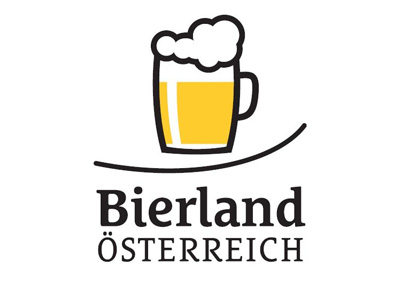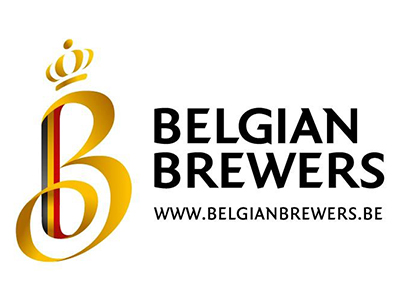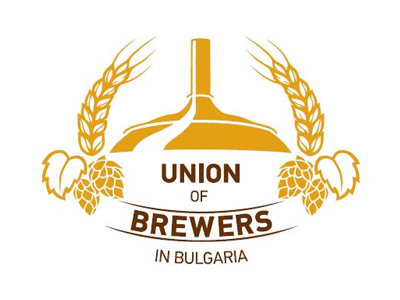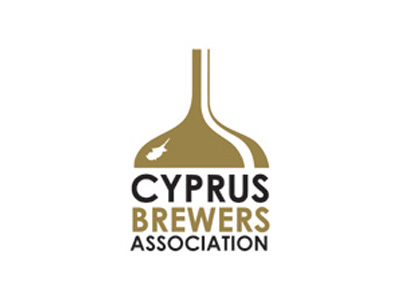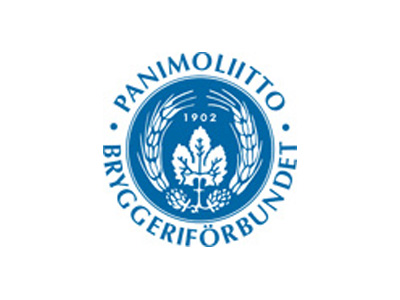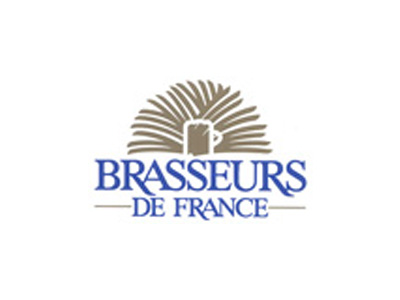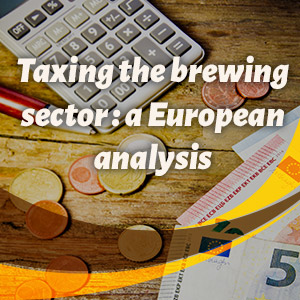
Taxing the brewing sector : a European analysis
- advocate
- 30/10/2017
- 2372
- Need for a supportive taxation
This report analyses the impact of changes in excise taxes across the European Union (EU). The analysis considers the impact on consumption, Government revenues, profitability in the brewing sector and direct and indirect employment. It also studies the comparable costs in the route to market for the different categories of alcoholic beverages across the European Union. The focus of that part of the report has been on the main drinks categories, being beer, wine and spirits.
PricewaterhouseCoopers Asesores de Negocios, S.L. (PricewaterhouseCoopers or PwC) has undertaken an analysis for The Brewers of Europe into the impact of changes in excise taxes across the European Union (EU). The analysis considers the impact on consumption, Government revenues, profitability in the brewing sector and direct and indirect employment and is laid out in Chapter I of this report.
PwC were also commissioned by The Brewers of Europe to study the comparable costs in the route to market for the different categories of alcoholic beverages across the European Union. The focus of that part of the report - Chapter II - has been on the main drinks categories, being beer, wine and spirits.
The basis for taxation of alcoholic beverages in the European Union is contained in a number of Directives, which establish a framework that determines the methodology for taxing the different drinks categories and the minimum rates of taxation to be applied. However, the framework leaves to individual Member States setting the level of rates of excise duties, which can be applied differently to the different alcoholic drinks categories. As part of this study, PwC has additionally considered the impact of the differing rates of excise taxation of each drink category in the cost to market for that product.
During the course of this study it was necessary for PwC to investigate the cost of wages and other salary related costs. From this work PwC obtained information regarding direct and indirect employment generated by the overall alcoholic beverage sector. We have also included employment findings in this report.
The conclusions and key findings of the study come from a detailed analysis of publicly available data for seven representative countries, representing each one a cluster of countries, and selected following a number of parameters.
The main results from our analysis are the following:
Chapter I – Impact of tax changes
- First. We have found evidence of different impact of excise tax rises in the on-trade (bars, restaurants, etc.) and off-trade (supermarkets, hypermarkets, etc.) distribution channels. In particular, excise tax rises are in general more than passed-through into on-trade prices. This means that prices are increased by more than the amount of the tax rise. In the off-trade channel, retail prices are increased either by the same amount of the tax rise or by less of this amount.
- Second. There is evidence that increases in excise tax revenue (resulting from rises in the excise tax rate) are, at least in the short term, more than offset by decreases in the revenues obtained by the Government from personal and corporate income taxes, social security payments and, in some cases, also from value added tax (VAT). Our calculations show that a rise of 20% in excise taxes in the countries considered in the study would lead in aggregate to a fall in Government revenues of over EURO 115 million. Even excluding additional social security costs from subsequent job losses, this 20% rise would only lead to an increase in overall government revenues from beer sales of less than 1%.
- Third. Any significant rise in the excise tax rate invariably leads to a reduction in employment across the beer supply chain. According to our estimates, an increase by 20% in beer excise taxes would lead to over 70,000 jobs losses, the majority in the on-trade distribution channel.
- Fourth. There are significant differences between the markets analyzed in this study. The own price elasticity for beer varies considerably by country and by trade channel (on-trade and off-trade), as does the rate of pass-through of tax increases into final retail prices. This highlights the importance of considering the impact of excise duty rates, and any subsequent changes to these, at individual Member State level, and taking into account the local characteristics of the market and the impact on the different stakeholders (Government, consumers, industry and employees).
Chapter II – Comparable cost analysis
- Fifth. The alcohol beverage sector generates approximately 4.7m jobs, most of them indirect jobs in the on-trade. Of the 4.4m indirect jobs generated by the alcoholic beverages sector, approximately half (2.25m jobs) were employed in the on-trade mainly in bars, clubs, restaurants and hotels and 80% of which were generated by the beer sector.
- Sixth. Beer is the most expensive form of alcohol to produce: €45.2 per litre of pure alcohol. The cost of producing a litre of spirits (in terms of finished product) was 3.5 times higher in 2007 than for a litre of wine or beer. However when converted to pure alcohol, wine is the cheapest form of alcohol to produce €17.9, similar to spirits (€18.6), and two and a half times less the cost of producing a litre of pure alcohol in beer €45.2.
- Seventh. Adding excise taxes, beer is still the most expensive form of alcohol to produce and deliver to the consumer. Although the average rate of excise tax on spirits was higher than that of beer and wine, the difference was not enough to offset the additional costs of producing and delivering beer to the consumer. The average retail price (including taxes) of a litre of alcohol in beer is €84 compared to €77 for wine and €65 for spirits. Any move towards taxing all drinks based solely on alcohol content (unitary taxation) would therefore disadvantage beer further in terms of the cost of the product to the consumer.

